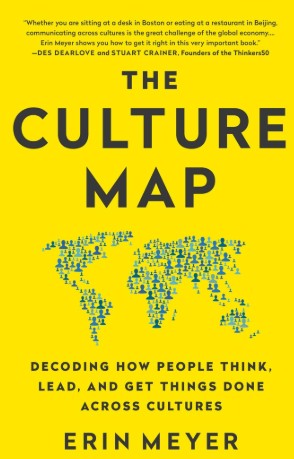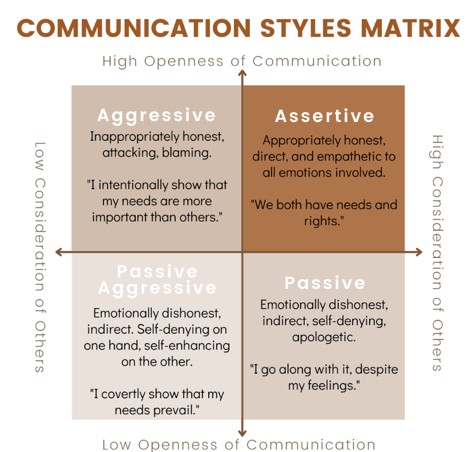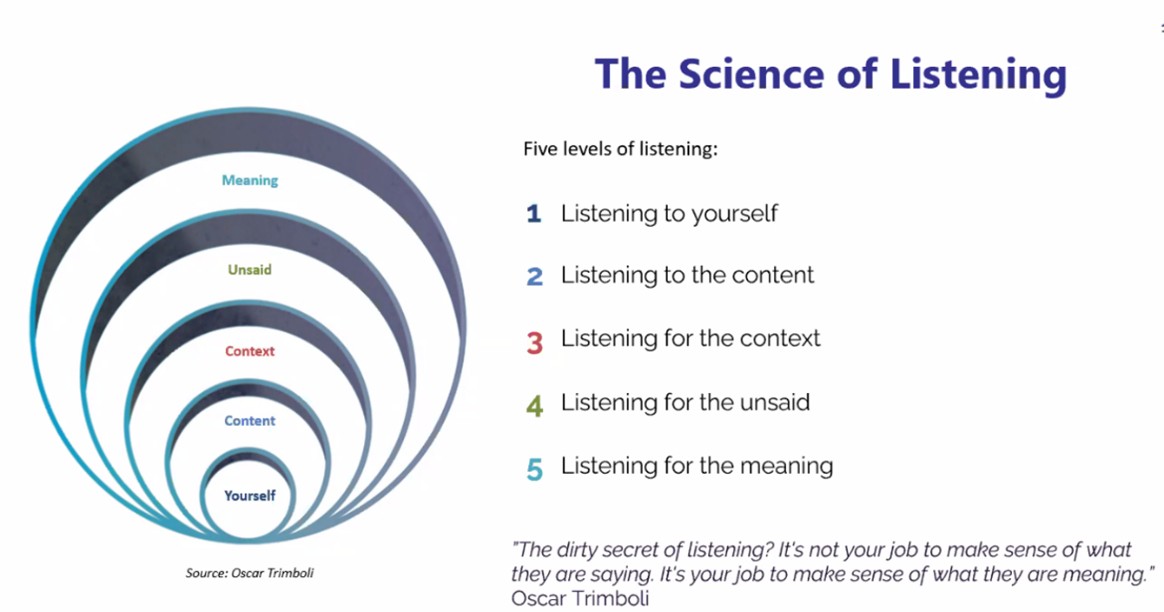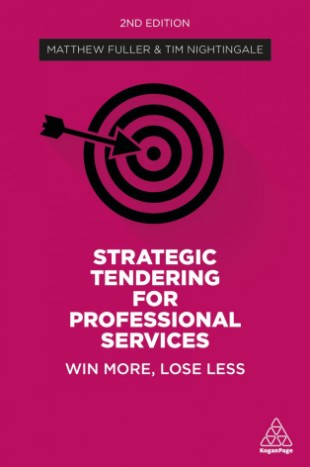I recently attended a short PSMG session led by Paul Denvir of The Pace Partners on the psychology of price. He started with an exercise where we were all to noted down what we would consider the values of expensive cars and houses and cheap holidays and we quickly saw that the perception of these concepts amongst even a relatively small audience was diverse.
He posed the question “How much of the current price pressure is real and how much is in our heads?” and the audience was split. No doubt the issue of the lack of differentiation will be picked up on one of his many other lectures.
Throwing the audience an early negotiation tip he indicated that most people were uncomfortable talking about the cost of their services – often due to a lack of confidence – and indicated that buyers had nothing at all to lose – and potentially fat discounts – by saying “it’s expensive” (even when you might be the cheapest on offer) during those discussions. He presented some research from 2009 relating to the reported most important criteria in purchasing professional services and noted that whereas overall value was important, there were many other factors before the hourly or daily rate was mentioned.
I liked the supplier segmentation matrix he presented which is used by purchasing professionals and a further one mapping out expectation against confidence. The message, loud and clear, was that professionals needed to be confident when talking about price and ensure that their non verbal communication was aligned with what they were saying.
The audience was asked to offer suggestions on how to help professionals in price negotiations and a number of helpful ideas were discussed including rehearsing, presenting risks and benefits, enhancing the perceived value of the brand, providing tested scripts, buddying up and guidance on objection and question handling – all solid sales training and coaching approaches.
There was some further debate about whether if professionals had a deeper understanding of the pricing mechanisms – and the relationship to margin – they would be more adept at side stepping requests for discounts or trading them with concessions or being more creative in their pricing structures and strategies. In essence though, the discussion focused on established sales techniques to articulate the benefits and build value – and, when put on the spot at a meeting, to take the time to think it through, analyze the numbers, come up with alternative solutions to meeting their needs and achieving a win-win outcome.
It was interesting that he made several references to the “death of the billable hour” and drew attention to the recent report and publicity by CMS Cameron on being at the forefront of an open debate about alternative billing structures.









